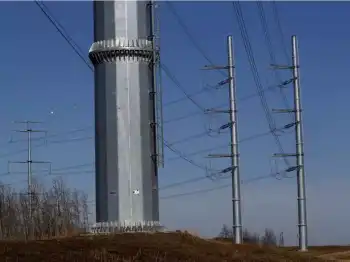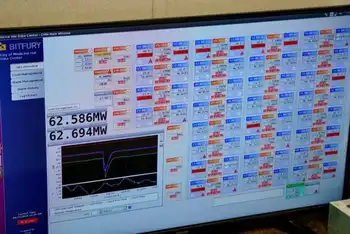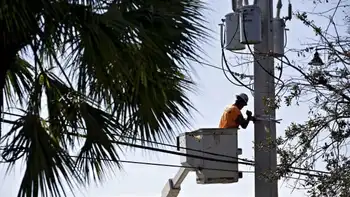Massive Chinese coal plant begins operations
NINGBO, CHINA - Following an increased load in the East China Power Grid, the output of Guodian Beilun Power Plant, which is a subsidiary of China Guodian Corporation and the largest coal-fired power plant in China, hit a record 5,000 megawatts MW on July 2.
Guodian Beilun Power Plant, which is in Xinqi Town, Beilun District of Ningbo City in East China's Zhejiang Province, is the first coal-fired power plant to be built in China with a loan from the World Bank. The power plant has five 600-MW subcritical units and two 1,000-MW ultra-supercritical units, with a total installed capacity of 5,000 MW. Of which, Phase I 1,200 MW of the power plant kicked off in January 1988 and was completed in November 1994, and Phase II 1,800 MW kicked off in June 1996 and was completed in September 2000. The 2,000-MW Phase III project kicked off on December 15, 2006, and was completed in June 2009.
Due to the impact of the global financial crisis, a weak load demand, and the restriction on outgoing transmission lines, the power plant was not in full-load operations by July 2010. As a result, Guodian Zhejiang Beilun Power Generation Company Limited, the owner of the power plant, tried to upgrade outgoing transmission lines. As a support project to the Phase I expansion of the power plant, two 500-kilovolt transmission lines, Beilun-Jurong and Beilun-Zhangzhou, were commissioned in late June 2010. Additionally, an improving economy and a coming summer peak in power consumption created favorable conditions for the power plant to operate all seven units in full load.
On July 2, 2010, the load of East China Power Grid surpassed 160 gigawatts, a record high in its history. It's expected that the maximum load in East China Power Grid would reach 162 gigawatts this summer, an increase of 13 from the same period last year.
Related News

Hydro One Q2 profit plunges 23% as electricity revenue falls, costs rise
TORONTO - Hydro One Ltd.'s (H.TO 0.25%) second-quarter profit fell by nearly 23 per cent from last year to $155 million as the electricity utility reported spending more on tree-trimming work due to milder temperatures that also saw customers using less power.
The Toronto-based company - which operates most of Ontario's power grid - says its net earnings attributable to shareholders dropped to 26 cents per share from 34 cents per share when Hydro One had $200 million in net income.
Adjusted net income was also 26 cents per share, down from 33 cents per diluted share in the second quarter of 2018.
Revenue was $1.41 billion, down from…




